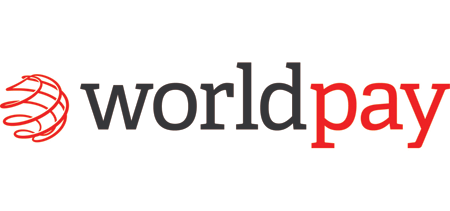Tips for Selling Internationally in the New Year

Thinking about strategy for 2016, it will be the ambition of many American SMBs to begin selling cross-border, to locations such as Canada, South America and Europe.
Consumers often go to international ecommerce stores in order to save money or source goods they cannot find locally. For example, 25 percent of German online shoppers have made a purchase from a U.S. retailer.
Further, according to PayPal, the key markets for U.S. SMB goods are China, UK, Germany, Australia and Brazil, and the most popular goods were clothing, shoes and accessories, followed by health and beauty, jewelry and then electronics. Indeed, it has never been so technically possible or affordable to set up a global ecommerce operation, however, there are areas that simply require consideration and optimization to cater to international consumers.
First, it is vital that the online store is fundamentally in good shape, performs reliably and is up to date with all the essential aspects that all consumers expect today. Before attempting to internationalize, a retailer should ensure the following areas are in tip-top shape:
1) Product types, logo and branding are all consistent
2) Product pages include high-quality images
3) Search function is robust
4) User-generated content, like reviews are available
5) Information about delivery and returns policies is quickly accessible
Once those fundamental areas of an ecommerce site are taken care of, retailers looking to sell internationally should follow these tips:
Research the most practical as well as promising new markets for the company. Aside from looking for demand for their products and local market trends, retailers will want to examine the exchange rates, do they fluctuate often? Both of these findings could impact revenue greatly. Once it is established as a good market to be in, retailers should research how the value proposition for the products they offer differ from their competitors, so they can position their products accordingly. For example, do they need to emphasize quality or price competitiveness more? Shipping rates will almost certainly be a key driver here as consumers will take their business elsewhere (likely to a more local online shop) if they deem shipping costs to be too high.
Once the inititial competitive research is done, it is time to begin optimizing the online store for the needs of regional shoppers. Instilling trust in overseas shoppers is vital. A recent study by the European Union, for example, found that only one in three online shoppers were totally confident making a purchase from another country, which emphasizes the following tip.
Reflect trustworthiness and competence on your website, by showing testimonials and feedbacks from overseas. Retailers must research and apply for the most valued local trust seals, as that value differs from country to country. For example, TrustedShops (see image) is the most trusted in Europe, whilst Merchant SAFE is often used in Canada.

Consider pricing and currency. Despite the fact that it is now easy to convert currencies online, many overseas shoppers are still confused by a transaction in a foreign currency. To avoid abandoned carts, always set prices in a local currency. When translating into a local currency, think about how the price is presented, for example, $23.81 could look to many like a conversion from a foreign currency while $25 would not.
Understand local payment methods and adjust a shop to the preferences of the local market. Consumers in each region need to be supported with their most trusted payment methods. In Europe for example, there are great variations by country, so do your research - whitepapers and industry blogs, such as Website Magazine's, can help. In Germany, consumers prefer to pay by PayPal or by invoice, whilst in the UK three quarters of purchases are made using credit or debit card.
International payment providers can be an enormous help in setting the right options for relevant regions. These include, for example, Amazon Payments, Ingenico Payment Services, Saferpay, Skrill and WorldPay.

Provide strong customer service for new regions to ensure overseas customer confidence. Consumer rights laws governing returns, complaints and refunds can differ from country to country, so retailers must do some homework and detail on their websites that they respect and adhere to these. By clearly detailing guidelines for returns and refunds policies on the website, consumers will feel confident in their decisions to conduct business on this site. Further, retailers can benefit from using videos or social materials to help illustrate how smooth their processes are - reducing any buying friction and boosting conversions as a result.
Maximize traffic for relevant audiences. While retailers will likely watch their traffic metrics for signs of success in a market, they must remember quality is better than quantity. Retailers will want to research and integrate within the most relevant local marketplaces and directories, and remember to use local review or certification bodies in order to drive traffic that has a better chance of converting.
With the right outlook, sound preparation and a robust, optimized ecommerce solution, every American SMB can experience success with trade overseas. Success will ultimately lead to success, so retailers should always showcase their happy international customers on their sites and social channels. After all, they are the most valuable marketing and business development weapon any retailer can get.
As Head of Corporate Communication for ePages, Richard Stevenson has been in the Web hosting and ecommerce software industry for around 13 years, many of which working directly with SMEs all over the world to drive Web adoption and awareness for e-business and ecommerce activities.








